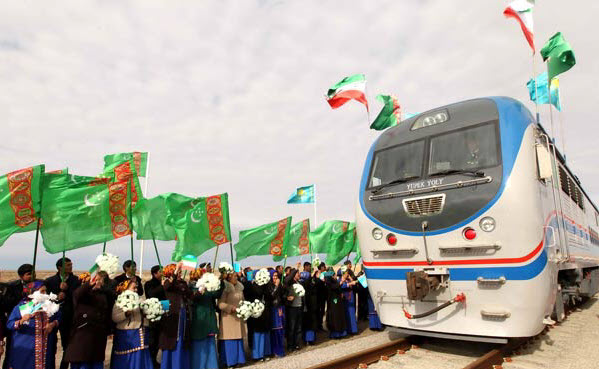December 12, 2014

There is already such a link, through a short spur of a few dozen kilometers at Sarakhs near the Afghan border. But that requires a swing far to the east before shifting back to the West where the populated areas are.
The new rail line will cut 600 kilometers off the trip to the populated parts of Russia and Europe. The new line goes from Gorgan, where one of Iran’s rail lines ends, straight north on the eastern side of the Caspian to Uzen in Kazakhstan, where the Russian rail system ends.
Another rail line is planned eventually to go up the western side of the Caspian.
Iran was linked to the Soviet rail system before the Soviet collapse in 1991. The line crossed the border at Julfa. But it went across the Azerbaijani enclave of Na-khichevan and into Armenia. After the end of the Soviet Union, Armenia and Azerbaijan fought a war and Armenia severed the rail line.
With the new rail line, Iran gets a link to the north very cheaply. Iran had to build only 85 kilometers of the line to the border. Turkmenistan had to build 700 kilometers and Kazakhstan 120 kilometers.
The complication is that Czarist Russia built its railroads to a wider gauge than the rest of the world, so no European invaders could just drive across the border. That means a large facility had to be built on the Iran-Turkmenistan border that will lift rail cars and shift them between wheels fitted to wide gauge and wheels fitted to standard gauge.
The new line will only carry freight initially, but passenger service is planned eventually.
Iran hopes that other Asian countries, especially India, will use the new line to move their goods to Russia and Eastern Europe, giving Iran substantial transit income.